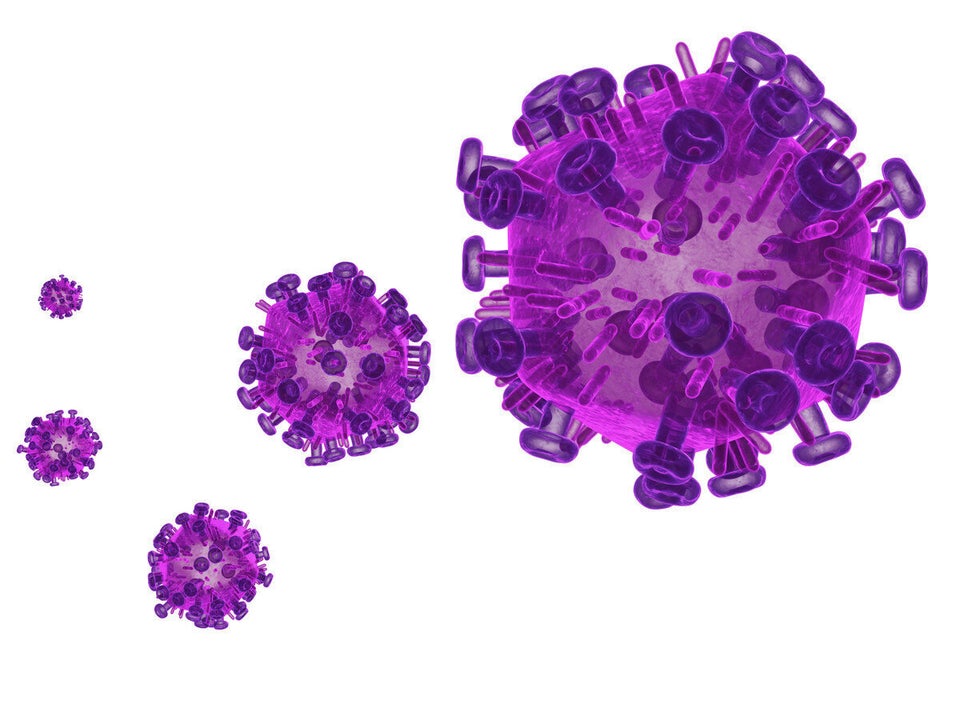
What does it take to get to zero? While reflecting on the theme of this past World Aids Day (Getting to zero, Zero new infections, Zero discrimination, Zero deaths), I asked myself this question. The truth is that it takes a combined effort across multiple sectors, using multiple strategies and targeting multiple audiences.
However, one issue that cuts across all sectors is that of gender inequity and its role in shaping sexual relations and in determining life choices. HealthBridge believes that unequal gender relations are a root cause of the HIV/AIDS epidemic, and addressing these inequities is absolutely essential for reversing it. It is no coincidence that in countries and regions with high HIV/AIDS prevalence (such as Sub-Saharan Africa), women tend to have a lower position in society.
Underlying gender inequality is the unspoken reality that, in many parts of the world, women and girls are undervalued by society and even their own families. The undervaluing of girls is evident even before they are born with son-preference and sex-selective abortions.
But exactly what are the linkages between how women and girls are valued and their risk for HIV/AIDS?
A significant factor is the ability to make choices. As a result of their lower position in society, girls and women often lack power to make choices and are forced into life situations that hinder their development and put them at risk. For example:
The choice to go to school: In many developing countries, girls are less likely than boys to go to school and stay in school. Families with limited resources often choose to educate their sons. Early marriage or pregnancy leads to school drop-out. Educated girls, however, are more aware of HIV-prevention methods, better able to negotiate the use of condoms, and are more likely to be economically secure.
The choice on when to marry and who to marry: Poverty and the cultural desire to prevent pre-marital sexual relations lead families to marry off their daughters at a very young age. Girls that are married before the age of 18 are less likely to be educated and are typically much younger than their husbands. This age difference creates a power imbalance which, along with patriarchal norms, makes it more difficult for girls to negotiate safe sex and other health decisions. Growing evidence from Sub-Saharan Africa shows that girls married before age 18 are more at risk for HIV.
The choice to have safe sex: Women's lack of power relative to men gives them less bargaining power in negotiating the use of condoms to protect themselves. This is true amongst both married and unmarried women.
The choice to leave a violent and abusive partner: Cultural norms and economic dependence prevent women from leaving abusive relationships. Fear of violence prevents women from asking their partner to use condoms, from getting tested for HIV and seeking treatment. Research has confirmed a strong linkage between abuse against women and women's chances of contracting HIV.
The choice of safe employment: Poverty and lack of alternative options lead women to use survival strategies, including prostitution and exchange of sex for resources. One example is the sex-for-fish practice in Kenya, in which women fish vendors have sex with fisherman to obtain the best catch of the day.
To improve women's position in society and give them more control over their life choices, the perceived value of women and girls must change. How can this be done? There are multiple paths: Advocating for policies which protect the rights of women and girls. Using social media to promote positive images and examples of equitable gender relations. Developing educational curricula which teach children and youth that men and women should be equally valued and have equal opportunities.
HealthBridge challenged the undervaluation of women by calculating and increasing awareness of the social and economic value of women's unpaid domestic work. The fact that this work does not produce a tangible income is often used to justify husband authority and preferential treatment of sons. It is also a reason that women's health is viewed as less important by government and even their own families. Increasing awareness of the economic and social value of women's unpaid domestic work is one way to increase their perceived value to society.
To Get to Zero in the HIV/AIDS epidemic, we need more innovative approaches that challenge and improve the position of women and girls in society, give them control over their lives and open doors to a more promising future.
Lisa MacDonald is the project manager of Gender, Reproductive Health and HIV/AIDS for the HealthBridge Foundation of Canada.
